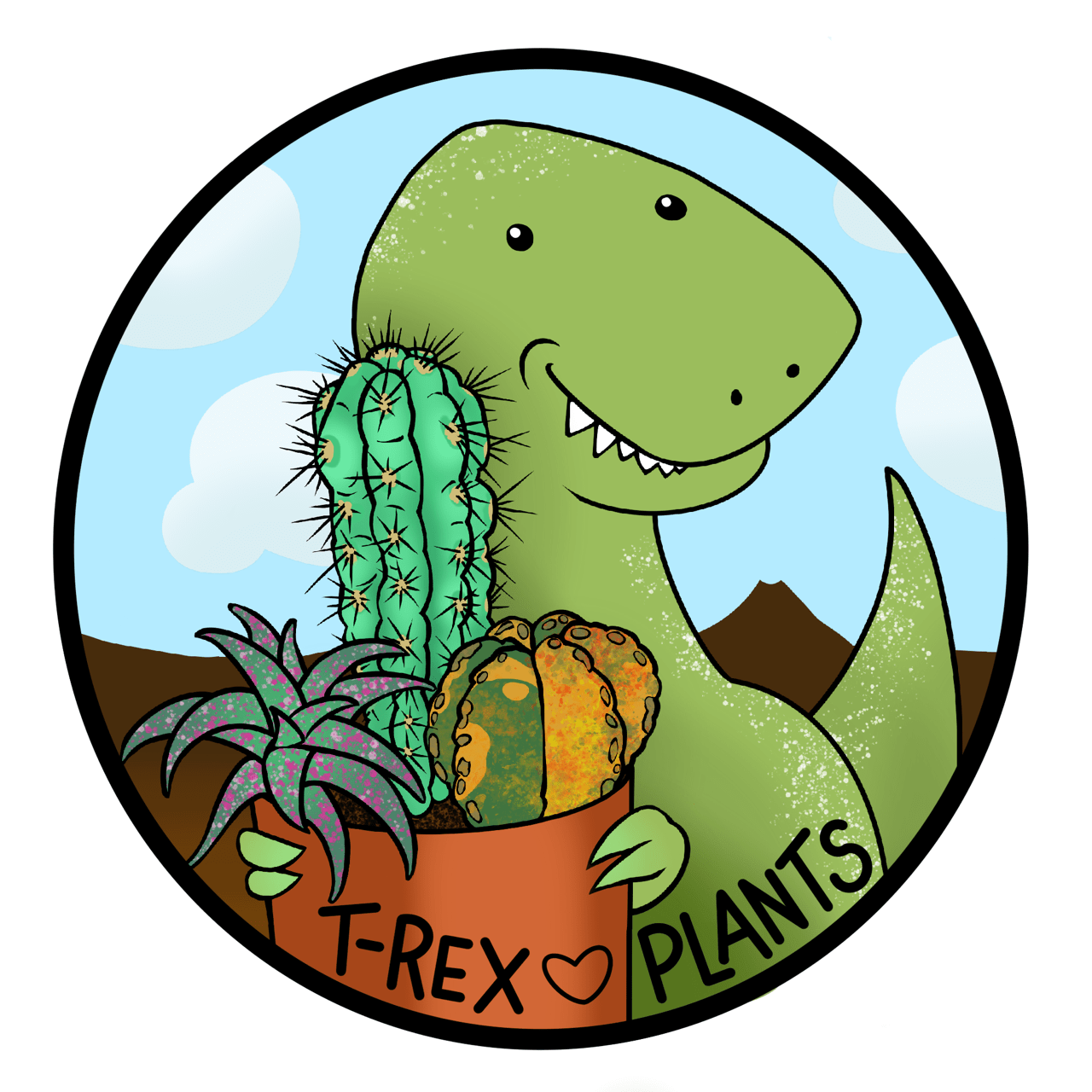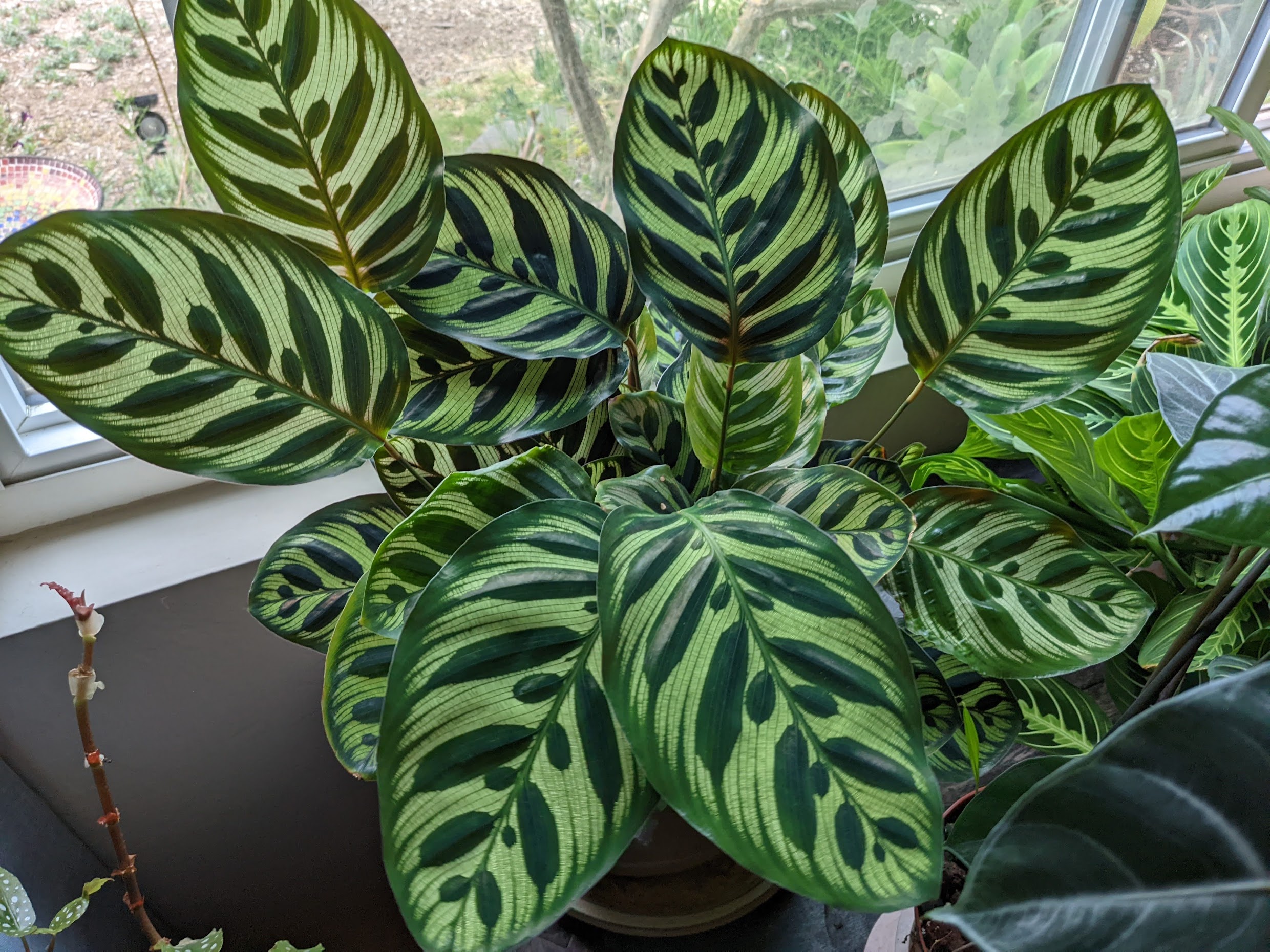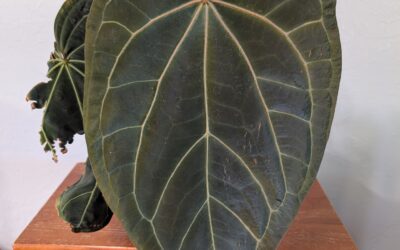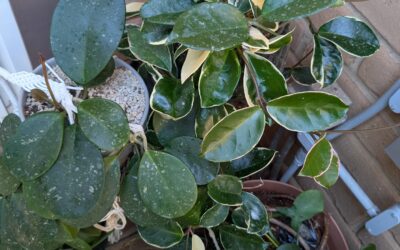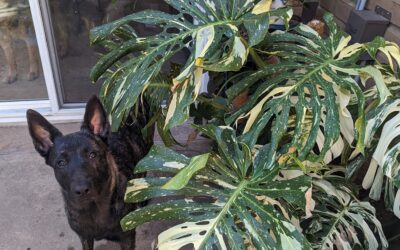Growing plants indoors is a whole set of challenges that are distinctly different from growing them outdoors. I’ll preface this post with a note that due to my climate, I don’t grow any succulents indoors at all, and would never consider any cacti indoors. All of my plants are tropical or subtropical plants that thrive in forest or jungle understories, and are forgiving of relatively low light.
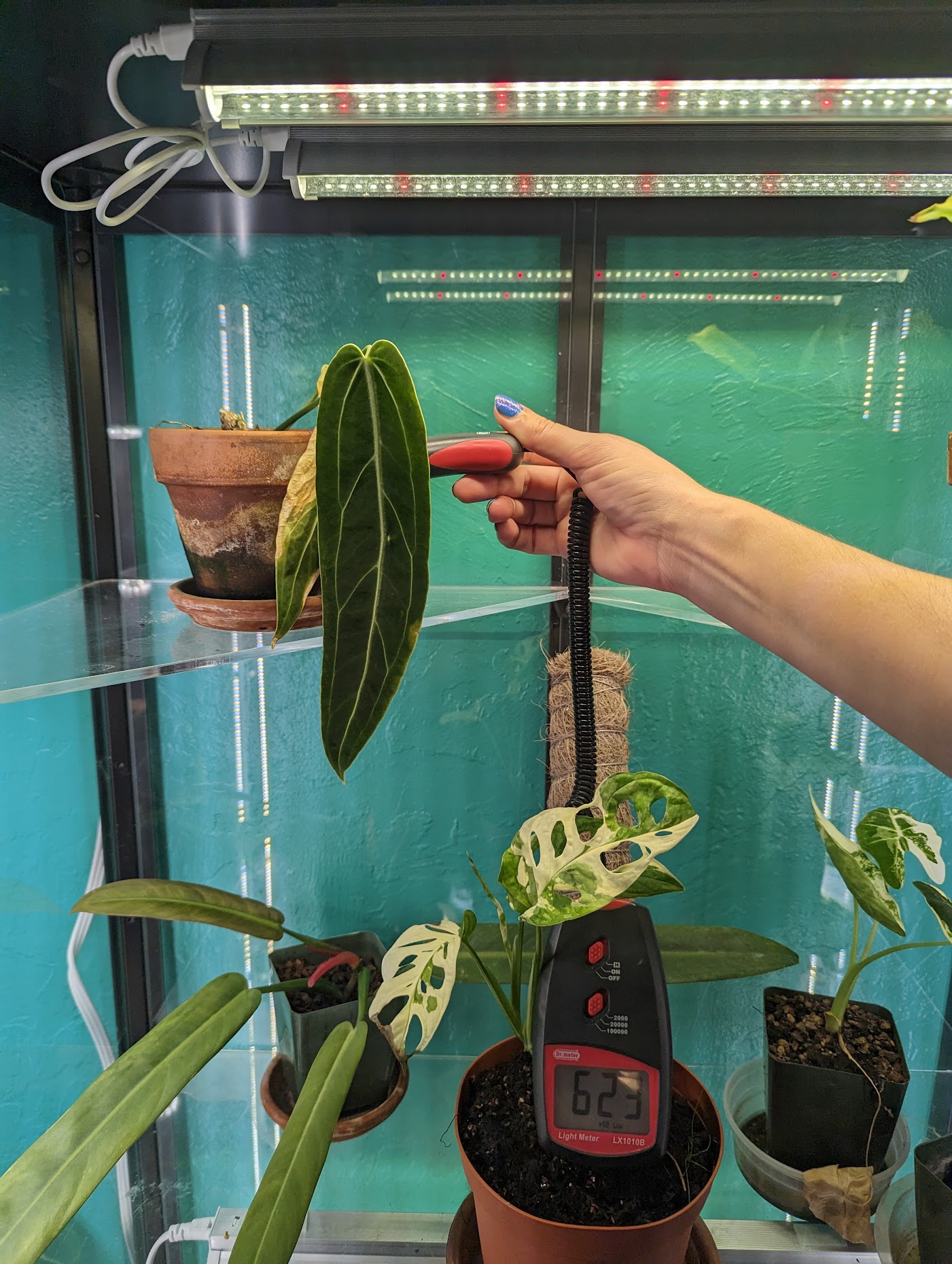
Tip 1: Know Your Lighting Situation
Light and lighting is most often the biggest challenge to growing plants indoors, and if you’re not certain what type of light your plants are getting – a light meter is a massive help!
There are also apps you can download in the app store, but I prefer the meter. You can learn more about this particular situation in my Anthurium warocqueanum blog post, but I was checking light intensity at the top of my grow case vs. the bottom.
Grow lights are not the same as sunlight
Your grow lights are a perfect, consistent source of light, always putting the same amount of lumens out for the hours you have the lights on. 12 hours of perfectly consistent lighting is drastically different than direct morning sunlight and shade in the afternoon!
Full morning sunlight tends to be less intense and less likely to burn your plants, and for more delicate tropical plants, it’s ideal if they’re exposed to morning sun and then shaded.
As an example of the difference – in the morning, my monsteras get a whopping 7,400 foot candles of light for about two hours (9 am to 11 am). But from there, it rapidly peters down to 270-370 foot candles for the rest of the day. It’s the difference of full sun, but highly angled (morning), and then full shade the rest of the day. Having tried to grow them indoors, the morning sun seems to have the biggest impact on ensuring a nice, compact growth compared to the lanky and stretched appearance they can display.
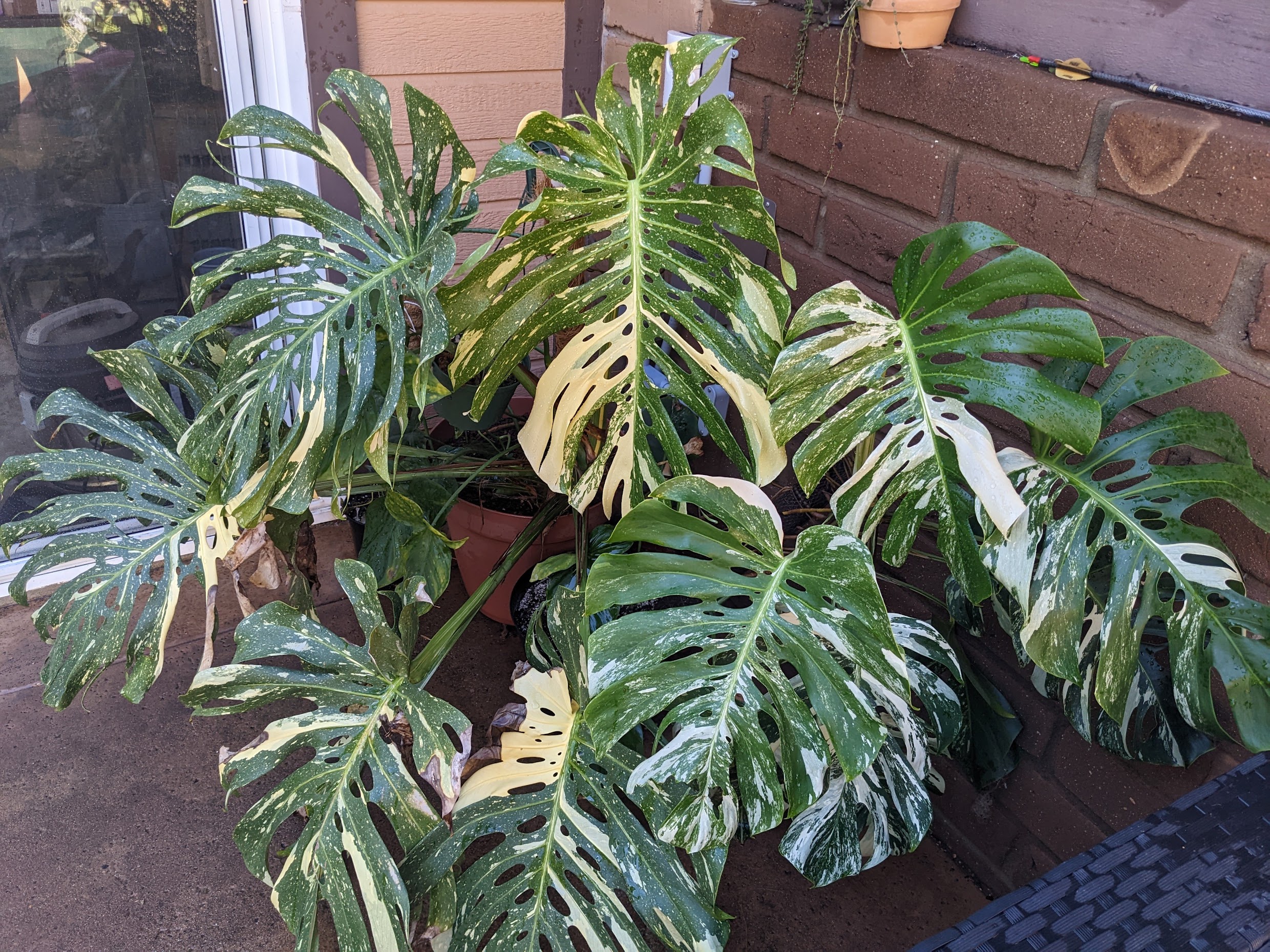
Tip 2: Potting
Your pots should always have drainage.
Full stop!
While some species are remarkably forgiving and will tolerate being in pots with no drainage holes (pothos come to mind), you will have far, far more success by ensuring water does not pool up and get funky at the bottom of your pots.
No, putting pebbles at the bottom is not a replacement for a drainage hole. All you’ll do is create a tiny, bacteria-rich swamp at the bottom of your containers, which will eventually lead to root rot, and when you take the dying plant out to see what happened the smell will be so foul you may throw up in your mouth.
Ensuring drainage in your pots allows deposits and excess minerals to drain out, which is enormously helpful to the plain even if it tolerates drying out completely to minimize risk of swamp-roots.
You need to be able to thoroughly water your plants, or at least moisten the entire pot of soil. When there’s no drainage, you just end up with the bottom of the pot having all the water sitting in it, while the roots in the middle and near the top being dry as a bone.
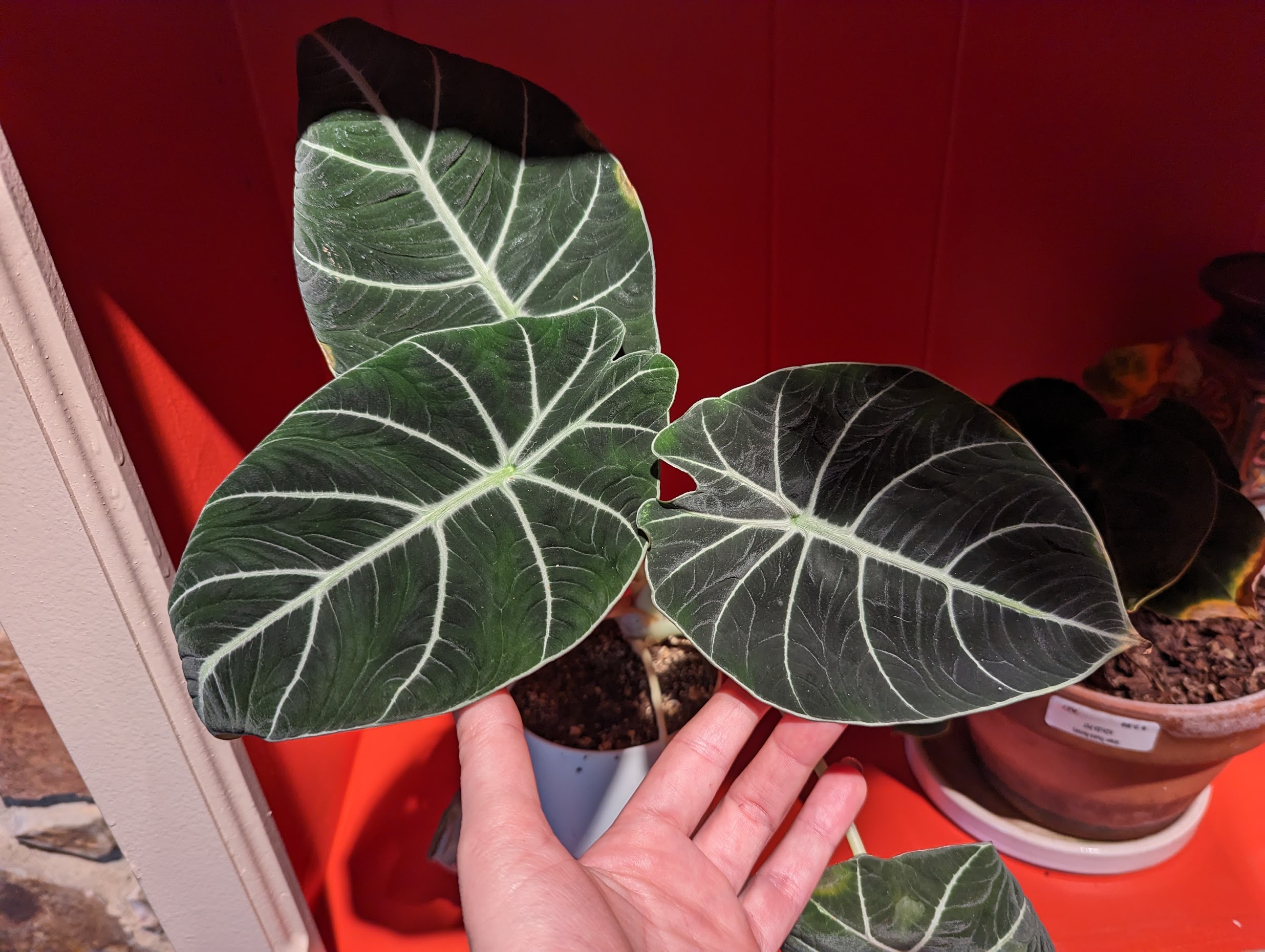
Some plants tolerate this well, and can even thrive that way, sending their roots down to sip up the fetid water sitting underneath them.
Most, however, are not fans.
The Black Velvet Alocasia shown above is in a convenient mix of the two types of pots: the actual part with soil has plentiful drainage holes, but underneath is a reservoir for water. The pot with soil has two ropes that hang into the water reservoir, and wick up water consistently.
This has proven woefully ineffective for many of the species in my care, notably Anthuriums, but can work well for the absentminded grower of hardier species. Pothos and vining Philodendrons are excellent candidates for containers such as these.
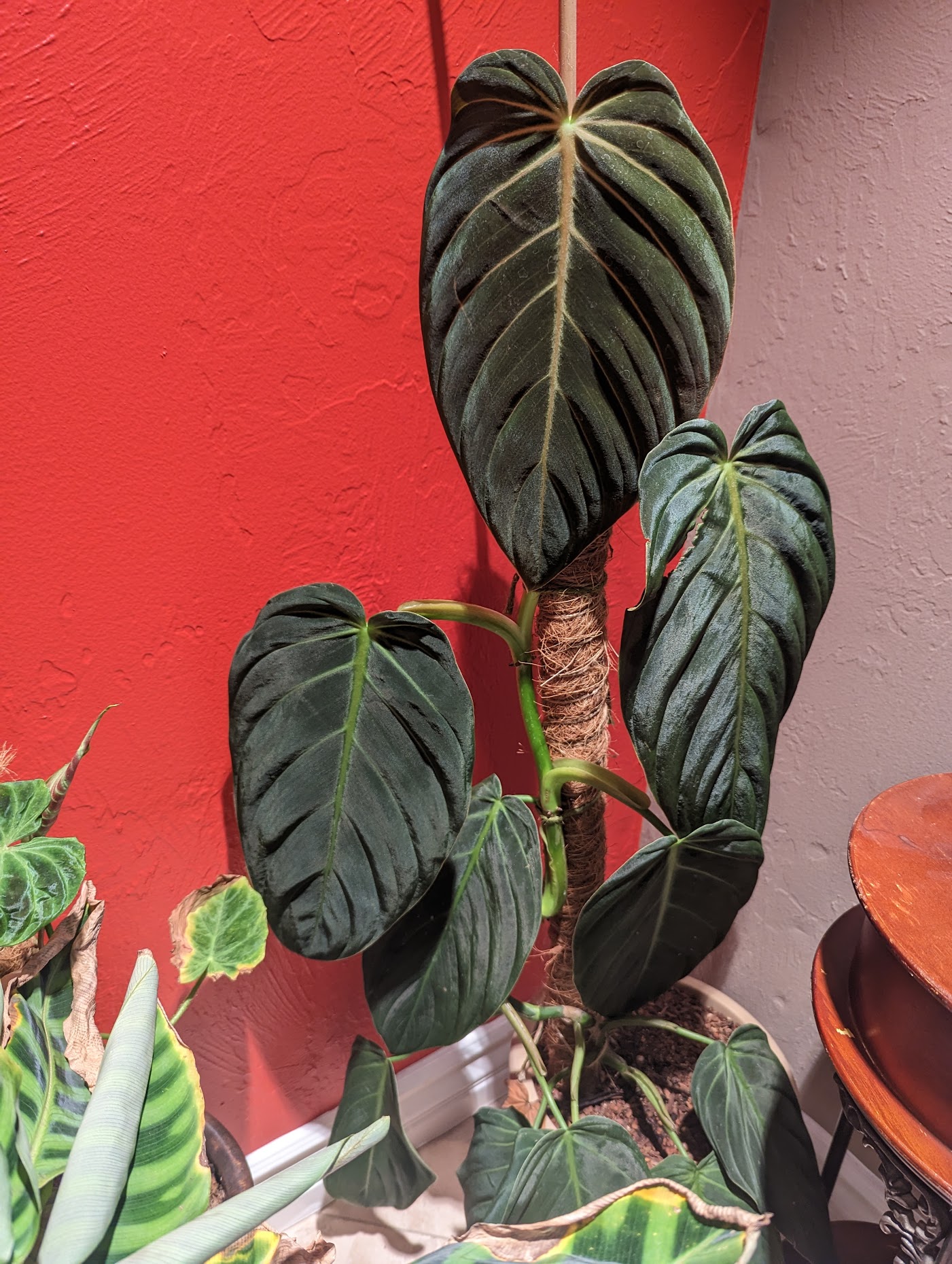
Tip 3: To Grow Pole, or Not To Grow Pole?
Needing to use a grow pole is heavily dependent on the species you’re growing, and your goals for it.
I can’t imagine growing a Philodendron gigas, like mine pictured here, without a grow pole. The plant is evolved to grow up, climbing on trunks, and does not do nearly as well if it has to sprawl across the ground or trail over the edge of a pot.
On the other hand, Philodendron mamei creeps along the ground, sprawling along, looking its best when it has room to spread around its pot.
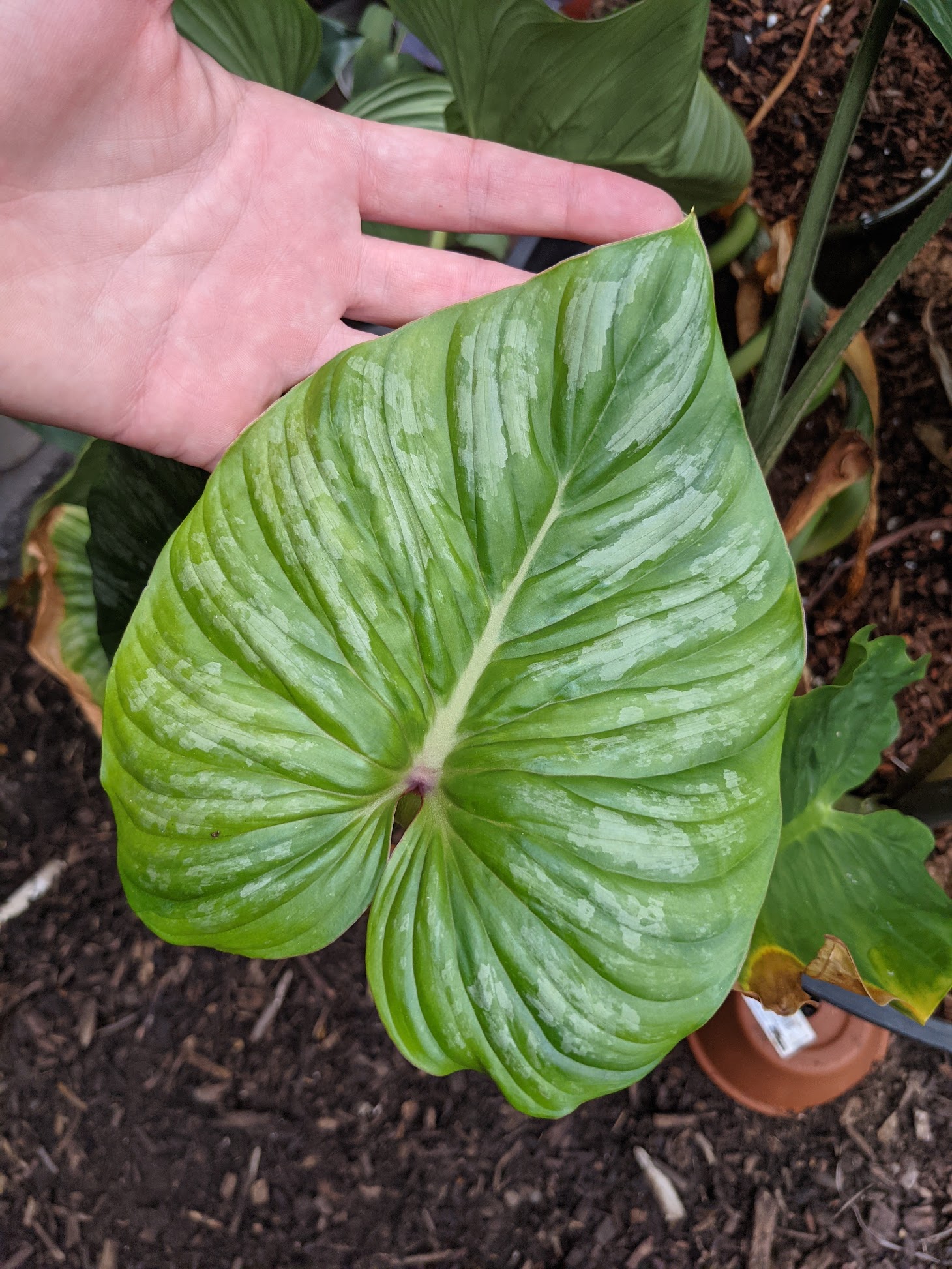
A grow pole is helpful when you have a vining, climbing plant that readily produces aerial roots. Some species only produce their ‘mature’ leaves when given the opportunity to climb!
Monstera dubia, Monstera lechleriana, most Pothos, and Philodendron hederaceum (heart-leaf philodendron) all come to mind as other species whose leaves only develop their mature form when allowed to climb.
When using a grow pole, expect to have to tie your plants to the pole – they won’t grab on naturally unless you live in a subtropical climate, such as south Florida! A piece of twine or horticultural tape works just fine. To get them to grab on, you’ll also want to plan on regularly misting or watering the grow pole itself so the moss or substrate. The moisture is what the aerial roots will seek out. Without that, you won’t see much, if any, aerial root development or grabbing, which also means very minimal mature leaf development.
Designing and displaying your plants can be a creative and fulfilling process that adds natural beauty and personality to your home. It doesn’t matter if you’re a seasoned plant enthusiast or a beginner looking to add some greenery to your living space, you can find the plant and the placement that works in your home design. Whether you live in an apartment in Spokane, WA or are looking for homes to buy in Charleston, SC, Redfin reached out to professionals, including me, to share some tips and ideas for how to design and display your places for a thriving indoor oasis. Be sure to check out Plants, Pots, and Placement; 17 Expert Tips for Designing and Displaying Plants in Your Home for more ideas!
